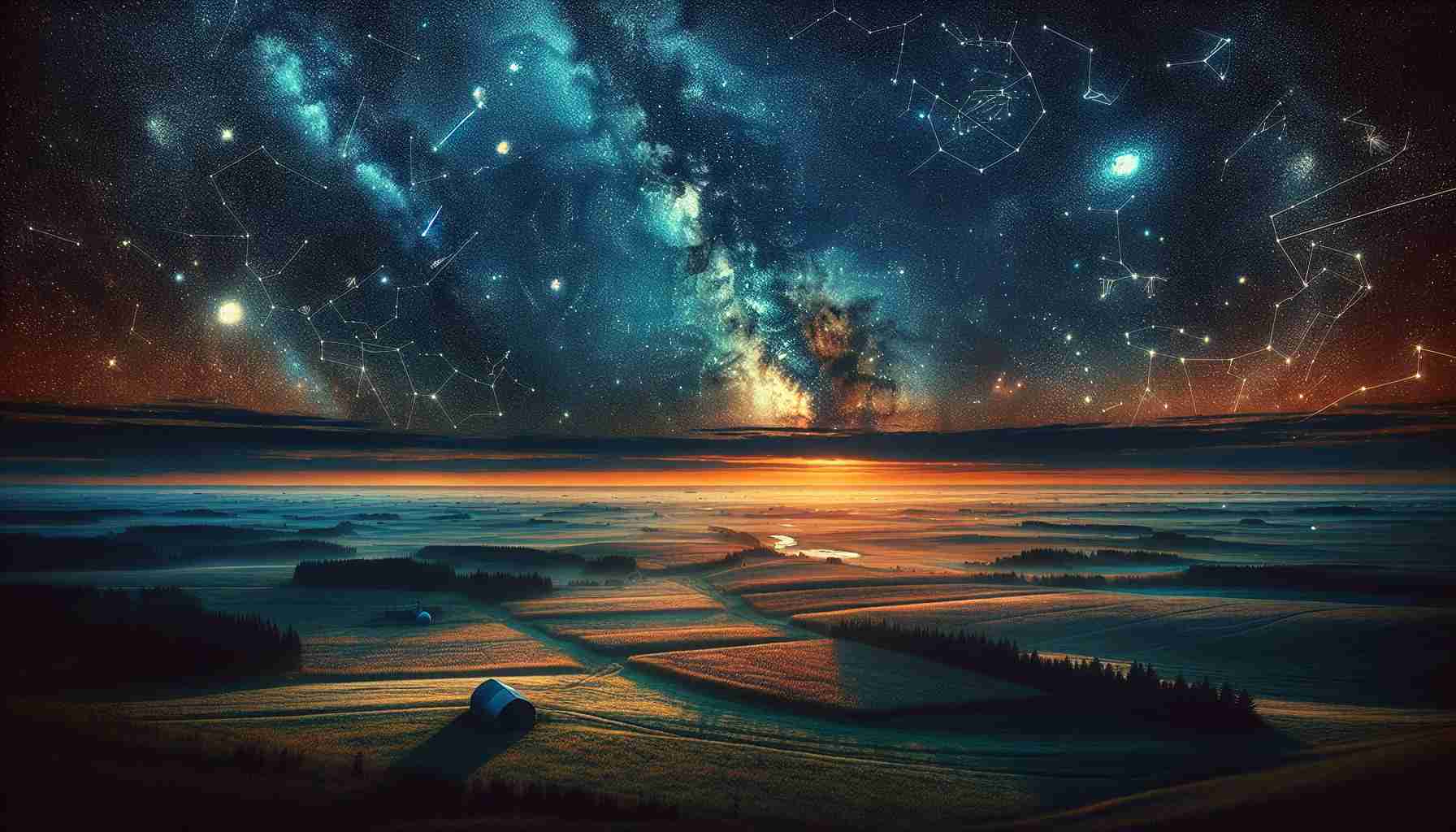
In a mesmerizing display above the Midwest, an extraordinary celestial event unfolded as both the luminous phenomena of the sun’s magnetic dance and a meteor shower spectacle graced the night skies.
Emerging in the early hours of Monday, the vibrant hues of the auroras painted the skies of various locales, including the enchanting visuals captured in Woodburn Road, bringing a magical experience to onlookers.
Witnessing the extraordinary celestial showcase, other remarkable sights were shared from the region, showcasing the seamless coexistence of the northern lights and the magnificent Perseid meteor shower above Butler, culminating in a visual symphony that captivated many.
The science behind the ethereal display involves the captivating dance of solar winds and magnetic fields in the Earth’s upper atmosphere, creating a rare spectacle that is a delight to witness, particularly from this vantage point in the Midwest.
Branching away from the usual occurrences, this heavenly display surpassed expectations, marking a significant occurrence that has graced the region more than once this year, leaving observers in awe of Mother Nature’s captivating allure.
The Perseid meteor showers, heralded as one of the most spectacular meteor showers by experts, live up to their reputation, offering a dazzling show of shooting stars originating from the remnants of the Swift-Tuttle comet, captivating audiences with their brilliance and frequency.
This celestial exhibition is not just a one-night affair, as the shower promises to continue illuminating the night sky until September, with today’s display marking its peak in a month-long exhibition of cosmic wonder, offering a fitting introduction to the grandeur of August nights.
Exploring the Celestial Wonders Unveiled: A Deeper Dive into the Dazzling Night Sky Extravaganza Over Midwest
As the Midwest continues to be bedazzled by the cosmic wonders unfolding above, there are additional intriguing facets to consider beyond the ethereal display highlighted in the recent events.
What are the key challenges or controversies associated with this mesmerizing celestial event?
One primary challenge is light pollution, which can hinder optimal viewing of phenomena like auroras and meteor showers. The Midwest, blessed with vast expanses of dark skies, is more conducive to enjoying these spectacles, but ongoing efforts to combat light pollution remain crucial.
What are some undiscovered advantages of gazing upon the night sky in the Midwest?
Apart from the visual spectacle, stargazing in the Midwest offers a serene and tranquil experience away from the hustle and bustle of urban life. It provides an opportunity for reflection, awe, and a deeper connection to the natural world.
Are there any disadvantages to the increased attention drawn to celestial events in the region?
One potential downside could be the environmental impact of increased tourism to witness these events. Managing visitor influx while preserving the pristine nature of the night skies is a balance that local authorities and conservationists need to strike.
In light of the ongoing celestial extravaganza, it is crucial to appreciate the delicate balance of preserving the beauty of the night sky while ensuring its accessibility and protection for future generations to enjoy.
For further insights into stargazing and celestial events, consider visiting Space.com for comprehensive coverage of astronomical wonders and the latest updates in space exploration.



